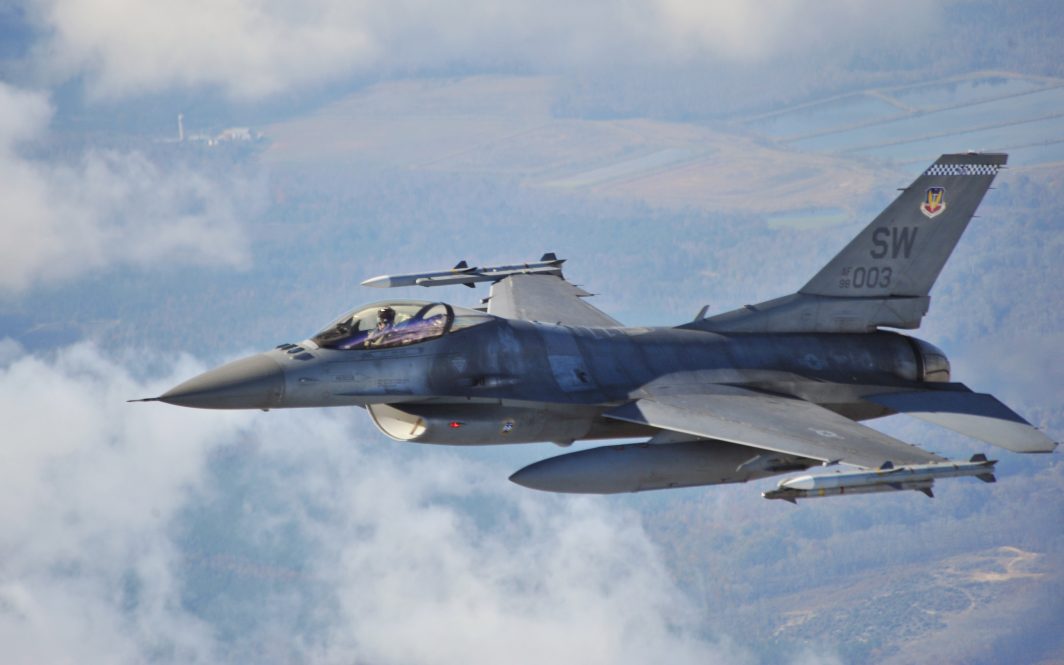Hollis Smith ’22 (ENGR), who received his PhD from the UConn Department of Mechanical Engineering, is completing a postdoctoral fellowship with the Air Force Research Lab (AFRL) through the prestigious NRC Research Associateship Program (RAP).
Smith will work on topology optimization using geometric feature mapping technology to design aerospace structures. Smith began working on these techniques during his doctoral studies with professor Julián Norato.
Topology optimization refers to the mathematical process of determining the ideal shape of a structure – in Smith’s case, something like the internal support structure of an aircraft wing – for a given set of constraints and loads it will encounter during its lifetime.
Geometric mapping techniques can represent the structure as an assembly of simple shapes that manufacturing processes for composite materials, such as fiber-reinforced rods and plates, can easily make.
This allows Smith to develop the best design these processes can manufacture.
“The key of the method is the ability to render a design that is amenable to manufacturing while allowing for an efficient computer prediction of the behavior of the structure,” Smith says.
During this two-year fellowship, Smith will work with AFRL researchers to optimize their designs by reducing the weight of aircraft structures, which can greatly reduce fuel costs during an aircraft’s lifetime. He will also look at increasing the volume inside that can be used to carry fuel, instrumentation or cargo.
Smith’s work will consider how a design will respond under multiple operating conditions in the air and on the runway. “You have to consider many load cases,” Smith says.
It is also important to consider physical phenomena like aeroelastic flutter. This phenomenon occurs when a solid structure (like an aircraft) interacts with a flow of fluid (like the air). Under certain conditions, positive feedback between the structure’s deflection and the force exerted by the fluid flow can result in flutter — an uncontained vibration that can lead to the destruction of an aircraft.
The modeling Smith uses can help predict and prevent such phenomena.
“You don’t want to have missing physics in the optimization, because that could lead to design flaws down the line,” Smith says.
The NCR RAP promotes “excellence in scientific and technological research conducted by the U.S. government through the administration of programs offering graduate, postdoctoral, and senior level research opportunities at sponsoring federal laboratories and affiliated institutions.”



